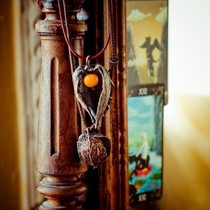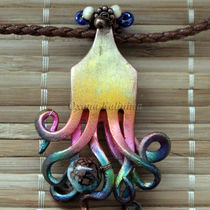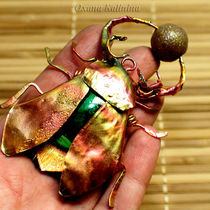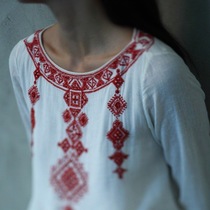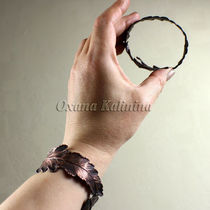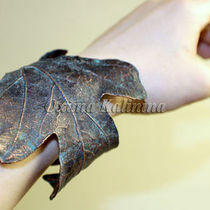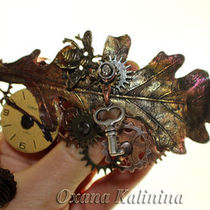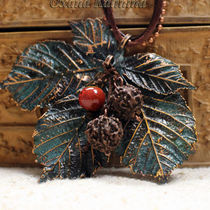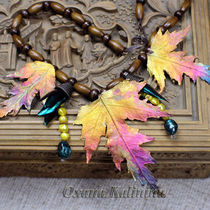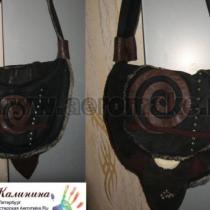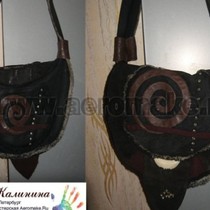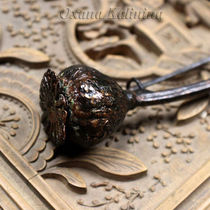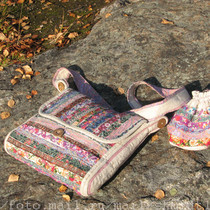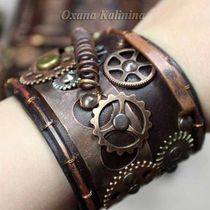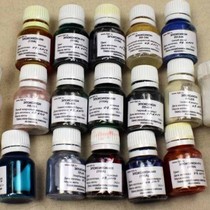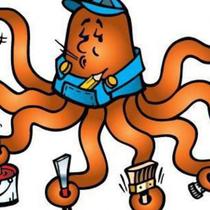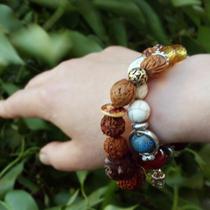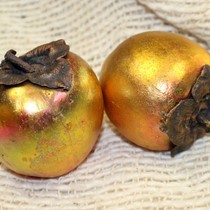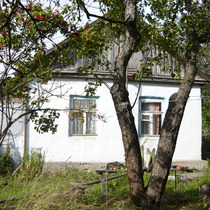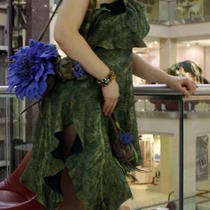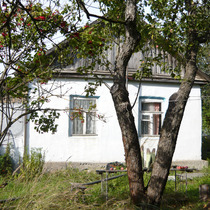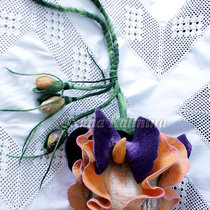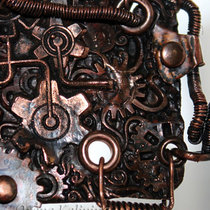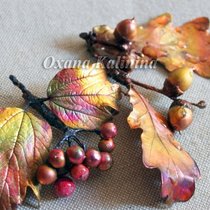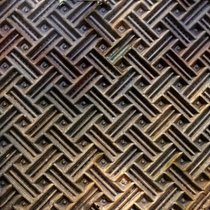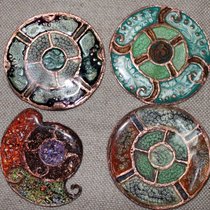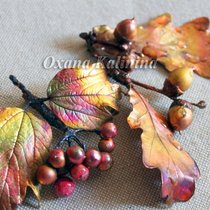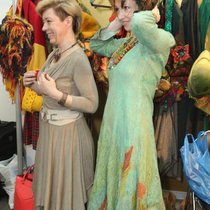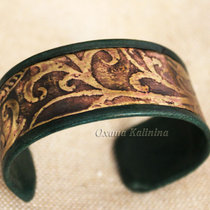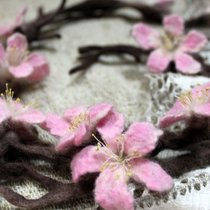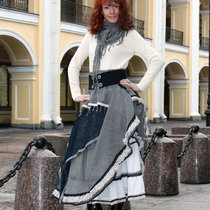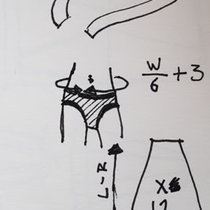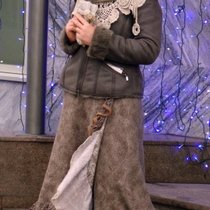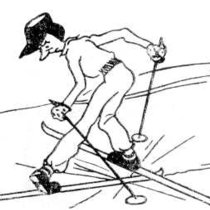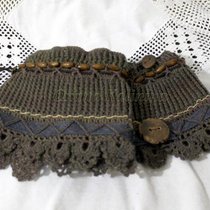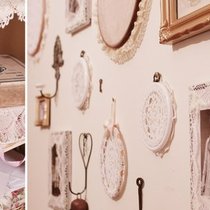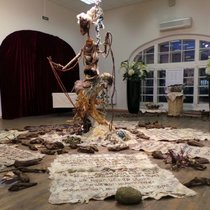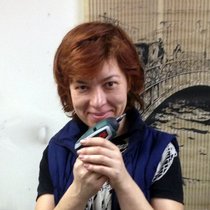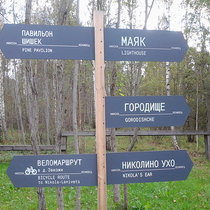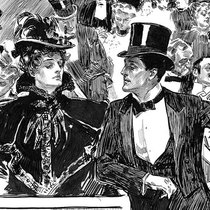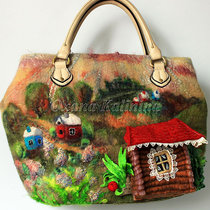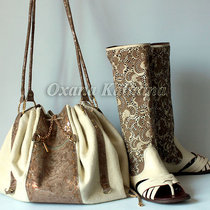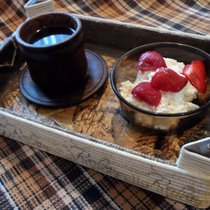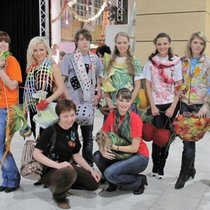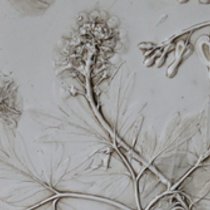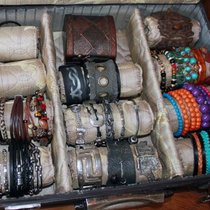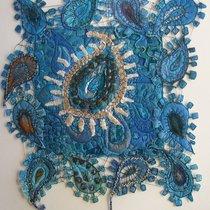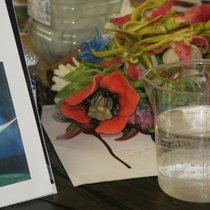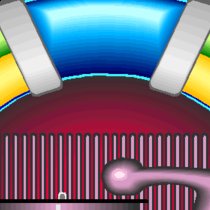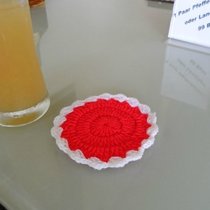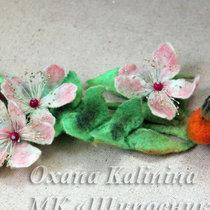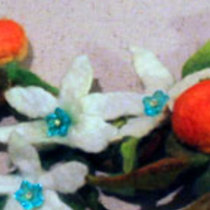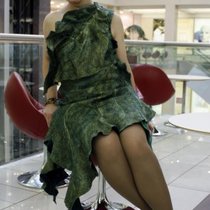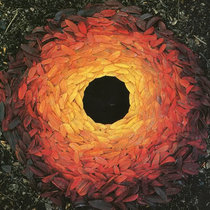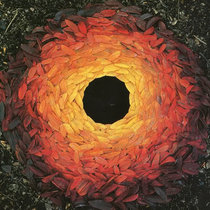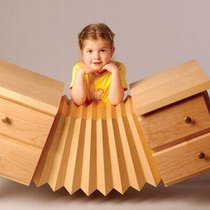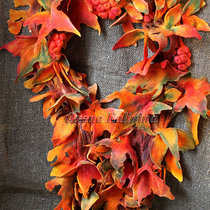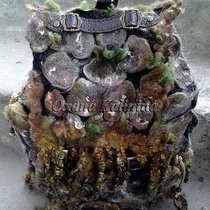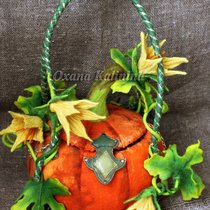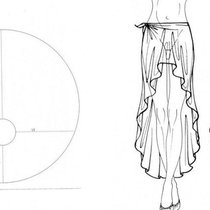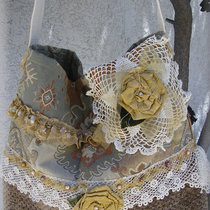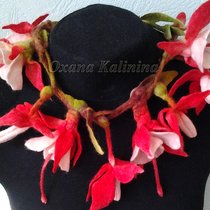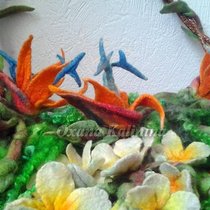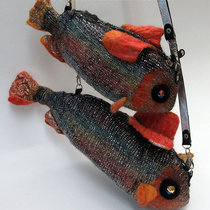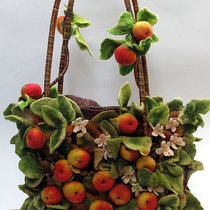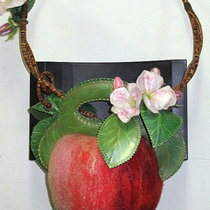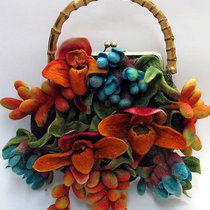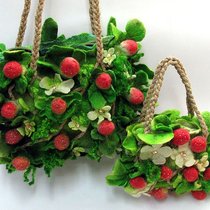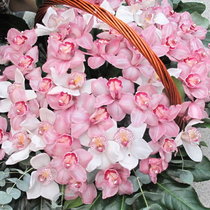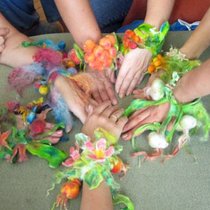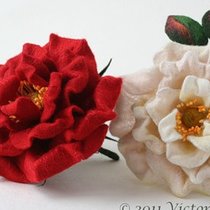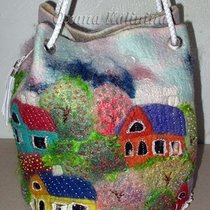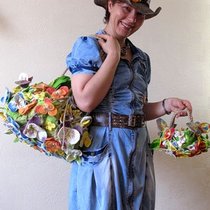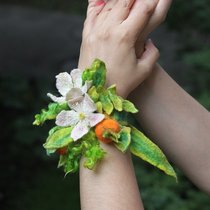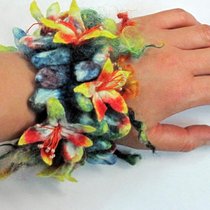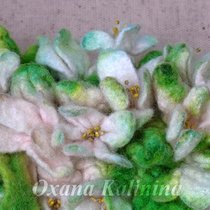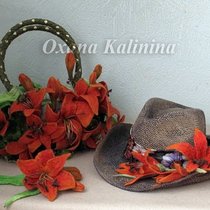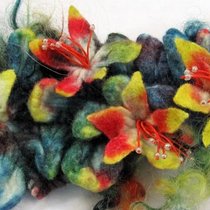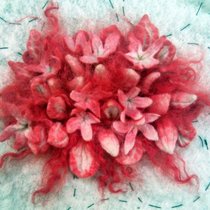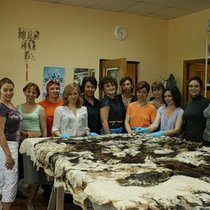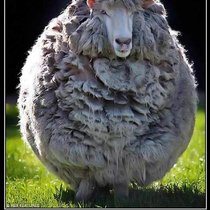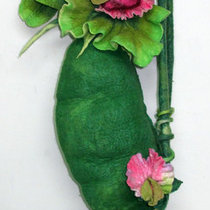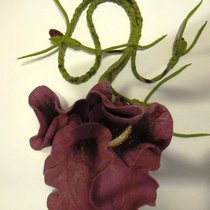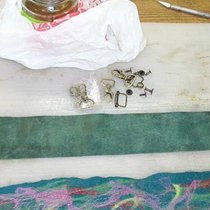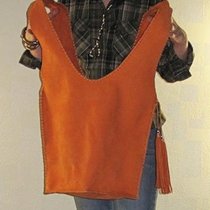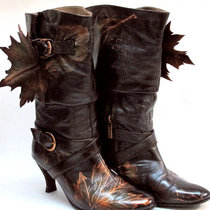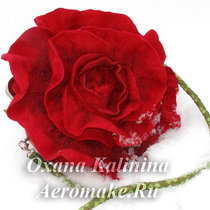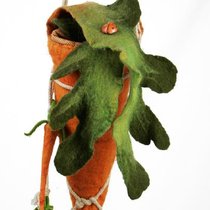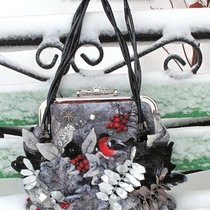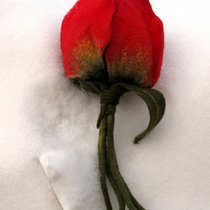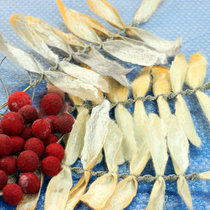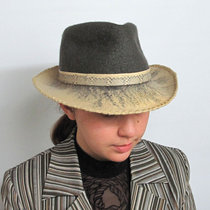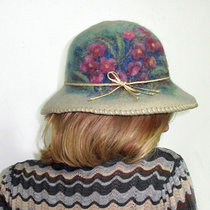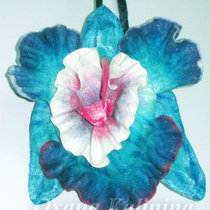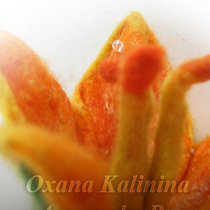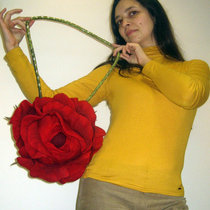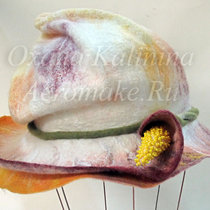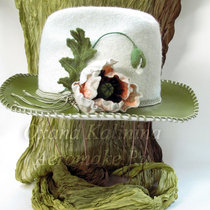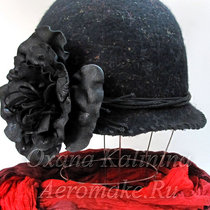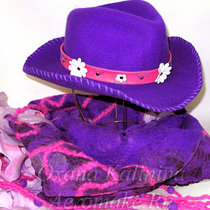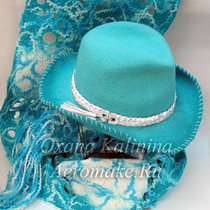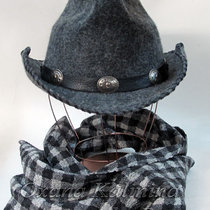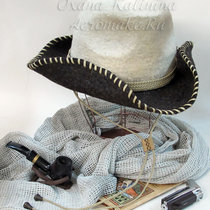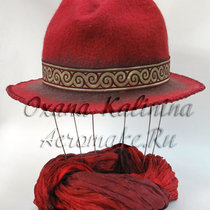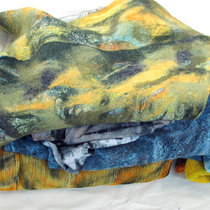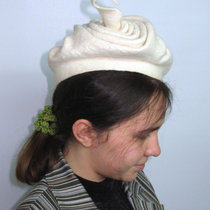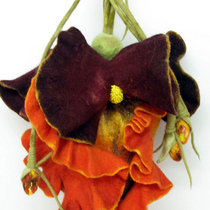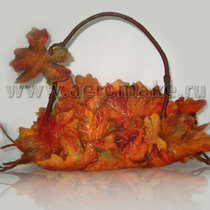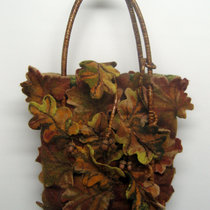Фотография
"victorian" skirt how to
Оригинал взят у learningtoflylj в "victorian" skirt how to Hello, I am totally new to this community, but I was asked over at diy_tutorials if I could post it over here to :) How to sew a two in one "Victorian" skirt So I thought that I would share my how to for this quite easy sewn skirt in taffeta that I made for a friend of mine, it is a two layer skirt with strings so that you can tie up and drape the panels as you wish. This is a bit simplified, On the original skirt the top of the skirt was lined with satin so it was not completed in the exact same way as in this tutorial, but trying to explain that whole deal was to time consuming to be worth it. Material you will need: Fabric: Of your choice, around 2 times the length of your skirt A zipper: I use a hidden zipper because I think it looks better, but a ordinary one is just as good. String: The length of your drapes and a little more *2*6 (you chose one can both have it the whole way up on the skirt or just half, or something similar) I use cotton string 0, 5 cm (0, 2 inches) thick. 1 The pattern is a really easy one, it consist of 12 panels and then a long rectangle that is the ruffles. The fist thing you have to do is calculate your panel pieces, this is done like this. You measure were you want the skirt to sit. Then take that measurement and divide it with six, (the number of panels that goes into making one of the layers). Then add your sewing allowance to that number, I use 1, 5 cm (0, 6 inches) on each side so I simply add 3 cm. (1, 2 inches) A slightly larger sewing allowance is preferred since we are using it for the channels to the strings later. Now you have the number of the top of your panel. Now take the measurement on how long you want the whole skirt to be - the length of your ruffle (you decide the length yourself, my ruffle were approximately 18 cm (7, 1 inches) ), this is how you get the length of your panels. You can chose how wide your skirt is now, I usually use the width of the fabric to decide this, so that when the fabric is folded double I can put three panels beside each other and that way get six pieces when I cut it. (see next picture) To calculate this you take the width of the fabric folded double - the top of the panels measurement divided in two. This number is the width on the bottom of your panel. 2 Now it is time to lay out your pieces, I pain directly on the fabric with a fabric pen, but you can cut the panels into paper pieces if you want to. But I find it easier to just draw on the fabric. The pieces for the overskirt should be cut approximately 7 cm (2, 8 inches) shorter then the underskirt pieces. For the width of the ruffle pieces I use the width of the fabric one again, how long they are is up to you. I use four rectangles the width of the fabric to make the ruffles on one layer of the skirt. Cut your pieces out you will not have 12 panel pieces, with six pieces of them being shorter then the other six and eight ruffle pieces that are identical to each other. Beside you, you will also have your sipper and all the string that you need. Lets start sewing. 3 Zig zag all around your pieces or overlock them if you have the ability to use the serger. Put the pieces in piles, one for the overskirt (the six shorter panel pieces and four of the ruffle pieces) and one for the underskirt (the six longer panel pieces and four of the ruffle pieces) 4 We are staring with the overskirt, the first thing we do is to attach the zipper. To two of the shorter panels. 5 Then you attach the rest of the pieces to each other good sides together, but do not sew the last panels together. It makes the next two steps easier. 6 Iron your sewing allowance apart. 7 Now we are doing the channels, Simply sew 1 cm (0, 4 inches) from the seam keeping the panels together to create the channels. Do this on all pieces, and so that you have one channel on each side of our panels. Then sew the last panels together, iron the seam allowance flat and do the channels just as you did the other channels. 8 Turn the skirt so that you have the seam allowances on the inside. You will now have 12 channels if you have made it correctly. 9 Sew the four ruffle pieces together, and iron the seam allowance flat. 10 Fold over 1 cm (0, 4 inches) and hem the bottom of the ruffle 11 Sew a gathering seam at the top of your ruffle, I use my machine set on the longest straight seam that I can use, but this can be made by hand to. 12 To make the ruffles even, put pins with all the same length between them at four places on the bottom of the skirt. The ruffle is already conveniently marked on four places by the seams. 13 Now attach the ruffle piece to the skirt at these four places, (remember: the pretty sides to the pretty sides of the fabrics). Then by pulling the end of the ruffle seam, make ruffles and pin them as you go along. 14 Sew the ruffles to the skirt. 15 See, nice ruffles you have now. 16 Now is the time to cut your strings, The sting is supposed to be twice the length of your drapes plus bit more. Cut six pieces. 17 If you want to make a skirt that you can drape a bustle with, I suggest that you have long drapes. 18 Thread a blunt needle with your string and pierce the top fabric of a channel. It should not go though to the front of the skirt. Then pull the string through the channel as long as you want the drape to be and then pierce the channel again, jump over the seam that connects the two panels and pierce the channel again. Pull the string trough the cannel back don to the ruffle again and pierce the channel again. Trim the edges of the string and knot the ends so they don’t disappear into the channels. Do this with all the strings. 19 The ends of strings should not be longer then the ruffles, this way they are not seen at all. 20 Now the overskirt is done! 21 Now repeat step 5 to 16 but with these exceptions: In step 5: in stead of inserting a zipper, sew the channels together but only up to the pint were the zipper should have been. In step 6: do sew the last channels together. Ignore step 8 and 9. Now you will have one overskirt, and one slightly longer underskirt. 22 Now put the skits tighter as they should be, the overskirt over the underskirt. Fold in the seam allowance at the opening for the zipper on the underskirt and fold down together the top of the under and overskirt and hem it 1, 5 cm (0, 6 inches) in. Hand sew the opening for the zipper on the underskirt to the overskirt to make it look neat. Then your skirt is officially finished. :D To show of the poof this skirt could need some underskirts or a simple one hoop crinoline. Under the skirt in the picture in the top is a crinoline, the crinoline is sewn as a simple skirt with the only difference is that there is steel boning in the bottom hem. As you see here, one can make both long and short skirts this way, in this skirt I in bridal satin, and have two layers ruffles on the underskirt, the ruffles are also shorter on this skirt. Good luck with your project.



